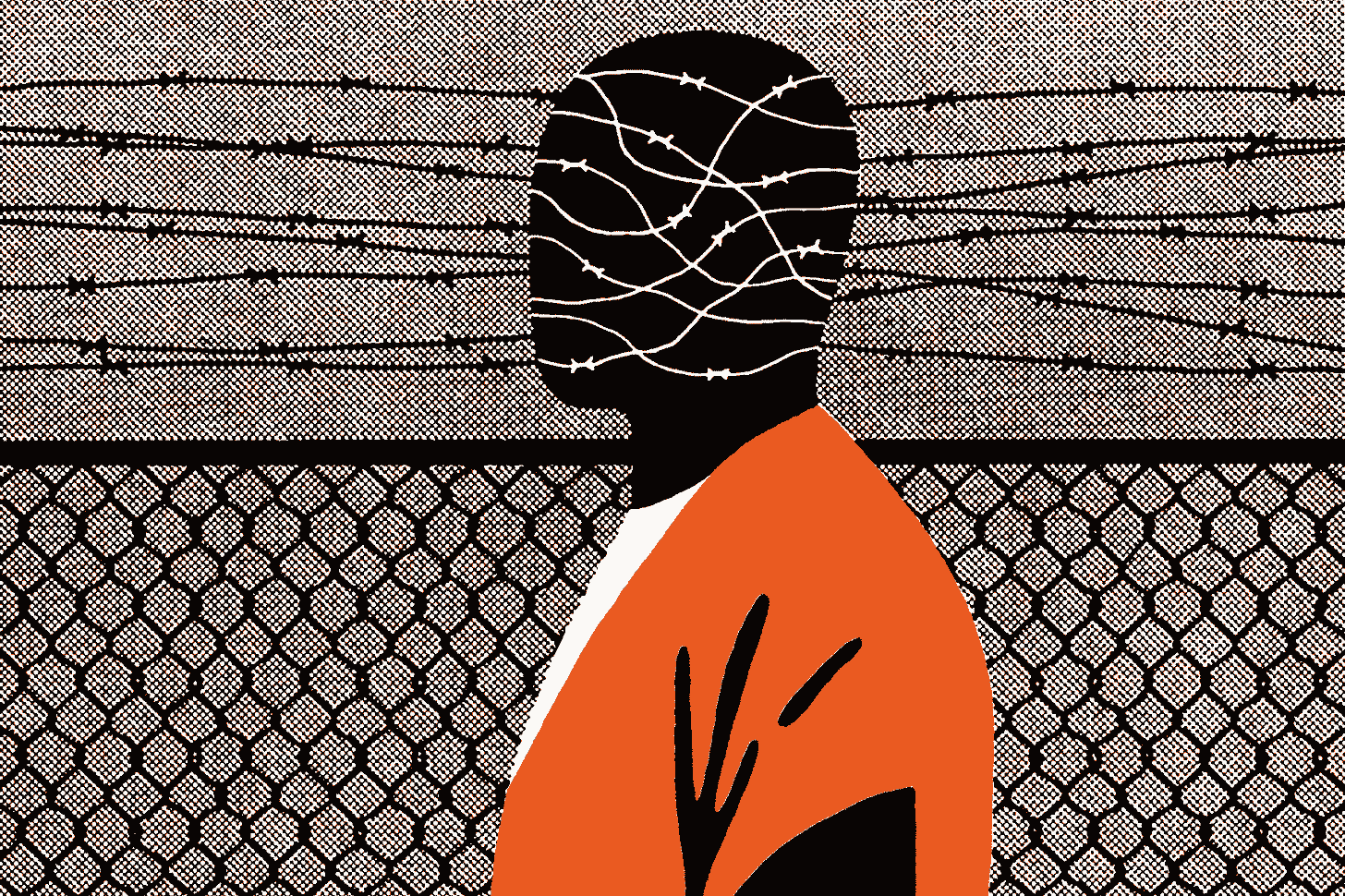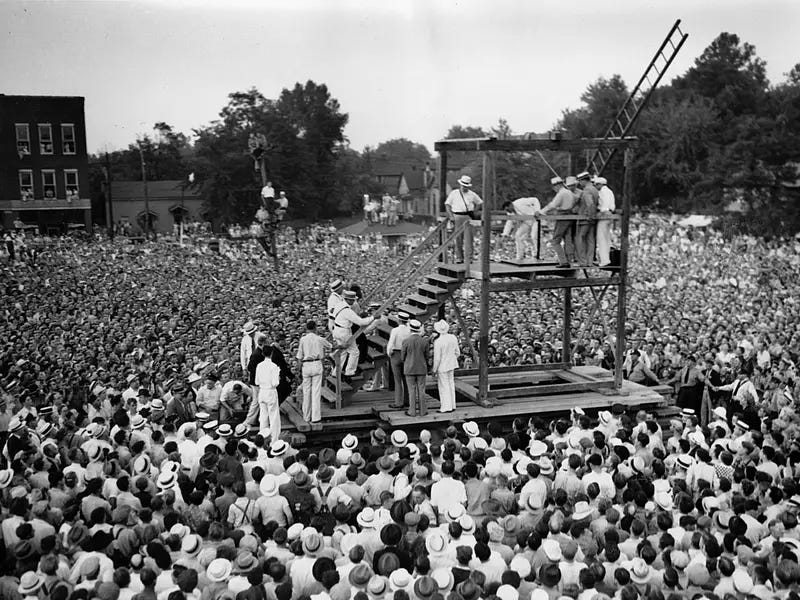Time To Kill The Death Penalty
The death penalty is both a fiscal and moral failure.
America loves death. On one hand, we celebrate ourselves as a nation devoted to second chances and the promise of redemption. On the other, our justice system asserts the power to snuff out lives, often swiftly, under the banner of “punishment.”
It’s a contradiction that raises questions: Does the capacity for change truly matter, if the state insists that some lives have crossed an irredeemable line? Does a society that believes in the sanctity of life gain anything by mirroring the very violence it condemns?
No matter where you stand on the death penalty, the questions demand reflection. In the end, capital punishment is about more than laws and courtrooms. It is a mirror of our national conscience.
It tests who we are, what we value, and how we define justice.
The Original Penal Code
The practice of capital punishment is as old as civilization itself. The Romans famously sealed the condemned in a sack with a dog, a rooster, a viper, and an ape (as Michael H. Reggio once highlighted in his superb essay, “History of the Death Penalty”).
When British colonists settled in North America, they brought England’s harsh penal code with them. In 17th-century Virginia, executions were carried out for offenses as minor as trading with Indigenous people or accusations of witchcraft.
By the time of the American Revolution, all thirteen colonies had adopted some form of capital punishment.
Keep reading with a 7-day free trial
Subscribe to The Daily Chela to keep reading this post and get 7 days of free access to the full post archives.




